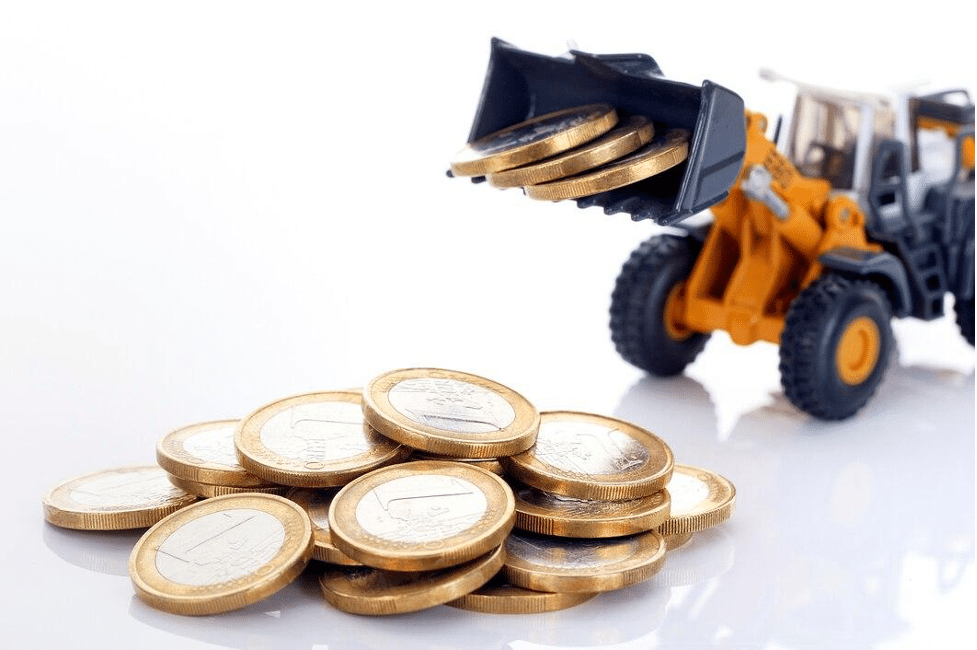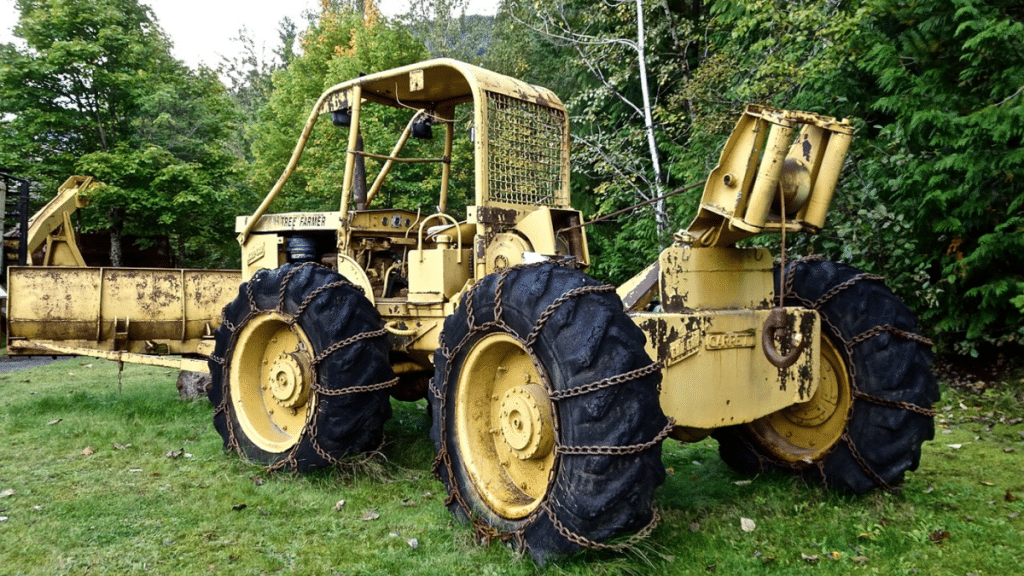Forestry equipment is an essential part of the forestry industry. It includes everything from forestry supplies, and forestry tools, to forestry machinery. The market for forestry equipment is vast, with new equipment being released frequently. However, new equipment comes with a hefty price tag, and not everyone can afford it. This is whereused forestry equipment businesses come in. The best-used forestry equipment can save you thousands of dollars, and in this post, we’ll be exploring how.
Understanding Used Forestry Equipment

Buying used forestry equipment has many benefits, starting with the cost savings. Used logging equipment for sale is often significantly cheaper than new equipment. Additionally, used equipment has already been broken in, so you know what you’re getting.
Here are six factors to consider when purchasing used machinery:
- Age and Hours of Use
- Condition
- Brand and Model
- Maintenance History
- Dealer Reputation
- Availability of Parts
1. Age and Hours of Use
The age and hours of use of the equipment are important factors to consider. Older equipment with high hours of use may have more wear and tear and require more maintenance.
2. Condition
The condition of the equipment should be thoroughly inspected before purchase. Signs of damage or excessive wear should be noted.
3. Brand and Model
Different brands and models of forestry equipment have different capabilities and features. Researching the equipment’s specifications can help determine which model is best for your needs.
4. Maintenance History
Knowing the maintenance history of the equipment can give insight into how well it has been cared for and what potential issues may arise.
5. Dealer Reputation
Choosing a reputable dealer can ensure that the equipment has been inspected and serviced before being sold.
6. Availability of Parts
Consider the availability and cost of replacement parts for the equipment as well as the ease of finding a mechanic for repairs.
Cost Savings Breakdown

New equipment can be expensive, and the cost of new forestry equipment for sale can quickly add up. However, buying used equipment can save you thousands. A comparative cost analysis of new vs. used equipment shows that used equipment is significantly cheaper. For example, a new skidder can cost upwards of $200,000, whereas a used skidder can cost as low as $40,000. That’s a potential savings of $160,000!
Quality and Reliability
There’s a common misconception that used equipment is not reliable, but that’s not true. Used equipment has already been broken in, which means that any defects have already been identified and fixed.
Additionally, as long as the equipment has been well-maintained, it should be just as reliable as new equipment. To ensure quality and reliability in pre-owned machinery, look for equipment that has been inspected and certified by a reputable used forestry equipment dealer.
Environmental Impact

Buying used forestry equipment has a positive environmental impact as it not only saves money but also helps in reducing carbon footprint and promoting sustainability. Purchasing second-hand equipment reduces the amount of waste that goes to landfills. Recycling and reusing machinery is an eco-friendly alternative to buying new equipment.
Moreover, buying used equipment also encourages the market for used machinery, making it more accessible and affordable to others, thereby promoting the circular economy. Therefore, buying used forestry equipment has a significant environmental impact, and it’s an easy and cost-effective way to contribute positively towards sustainability.
Maintenance and Upkeep

Maintenance is an essential part of owning any piece of equipment and used forestry equipment is no exception. However, there are cost-effective maintenance strategies that you can use to keep your equipment in top condition. Regular inspections, oil changes, and cleaning can help prolong the life of your equipment.
Maintaining used forestry equipment is crucial to keep it in top condition and prolong its lifespan. Here are five tips to help you maintain your equipment cost-effectively:
- Keep it Clean
- Inspect Regularly
- Use the Right Lubricants
- Replace Worn Parts
- Store Equipment Properly
1. Keep it Clean
Regular cleaning prevents dirt and debris buildup, which can cause rust and damage to your equipment. Use a pressure washer and a mild detergent to clean your equipment and dry it thoroughly after washing.
2. Inspect Regularly
Regular inspections help you catch any potential issues before they become major problems. Check for leaks, worn-out parts, and any signs of damage during inspections.
3. Use the Right Lubricants
Using the right lubricants can prevent premature wear and tear and ensure smooth operation. Refer to the equipment manual to determine the appropriate lubricants for each component.
4. Replace Worn Parts
Replacing worn-out parts promptly can prevent further damage to your equipment. Keep track of the wear and tear of each component to determine when replacement is necessary.
5. Store Equipment Properly
Proper storage can prevent damage caused by exposure to the elements. Store equipment in a dry and covered area and use protective covers if necessary.
Financing Options

When it comes to purchasing used machinery, financing options can be a game-changer. Not only can they help you save money, but they can also provide a budget-friendly way to get the equipment you need. By spreading out the cost of the equipment over several years, financing can make it more manageable for you to afford. This way, you won’t have to worry about shelling out a large sum of cash upfront, which can be especially beneficial for small businesses or startups.
Moreover, financing options come with various benefits such as low interest rates, flexible payment options, and customized financing plans to suit your specific needs. By exploring financing opportunities, you can ensure that you make the most of your investment in used machinery while staying within your budget.
Conclusion
In conclusion, used forestry equipment offers a cost-effective and environmentally friendly solution for forestry professionals. By considering age, condition, brand, maintenance history, dealer reputation, and parts availability, you can find reliable and quality equipment that meets your needs. With financing options available, buying used forestry equipment has never been more accessible. Make the smart choice and explore used forestry equipment for your next purchase.
